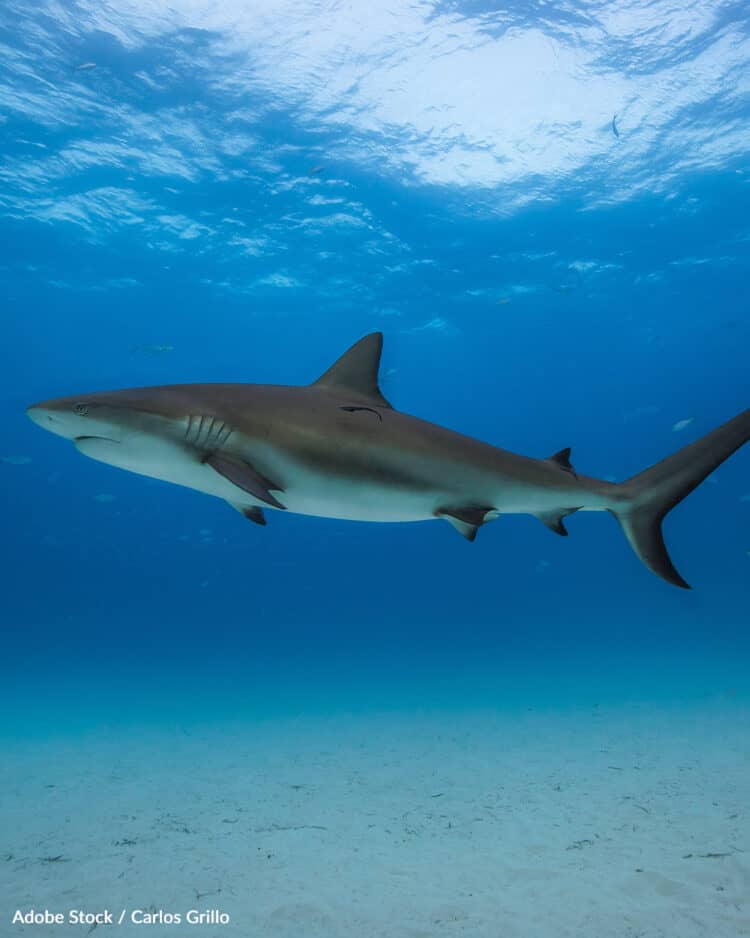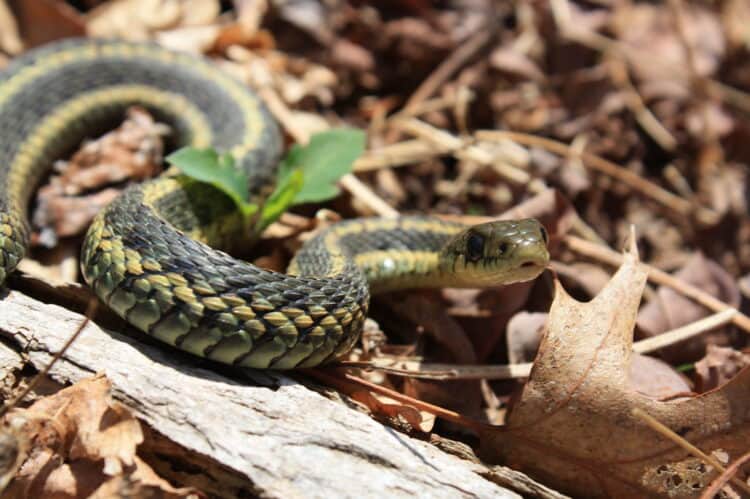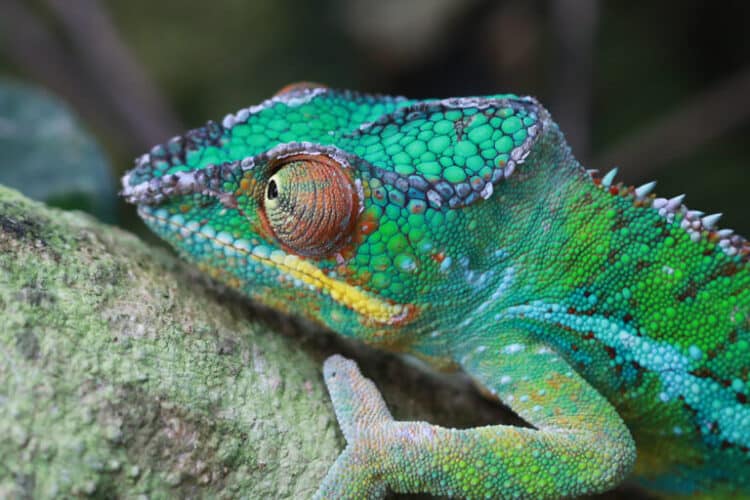As we traverse the pathways of the 21st century, a compelling concern has swept the globe, piercing through the clamor of our everyday lives to command our attention – the concern for biodiversity. Yet, for many students, the concept of biodiversity remains a mystery, veiled in a haze of scientific terminology and complex ecological relationships.
This article endeavors to unfurl this mystery, delve into the vast and fascinating world of biodiversity, and elucidate why it matters, what threatens it, and how it can be preserved.
We’re not just learning about the breadth of life on Earth; we’re also exploring how every single one of us, especially students, can play a pivotal role in safeguarding this treasure.
What is Biodiversity?
Biodiversity, short for biological diversity, is a term that encapsulates the remarkable variety and variability of life on Earth. It’s a multifaceted concept, broken down into three key levels: genetic diversity, species diversity, and ecosystem diversity.
Genetic diversity refers to the unique genetic configuration within each species, providing the basis for variations in traits. Species diversity is the assortment of species within a habitat, a region, or the entire planet.
Ecosystem diversity pertains to the diversity of habitats, biotic communities, and ecological processes in the biosphere. Understanding these facets and their interconnectedness can be a daunting task for students, but resources like Paperwriter can be a reliable companion in exploring these complex themes and excelling in biodiversity-related assignments.

The Value of Biodiversity
The importance of biodiversity is monumental and manifold. From an ecological standpoint, biodiversity is the glue that holds ecosystems together. It enables ecosystems to resist, recover from, and adapt to changes, contributing to ecosystem resilience. Each species has a role to play, whether it be a tiny microorganism involved in nutrient cycling or a large predator controlling prey populations. Economically, biodiversity is a treasure trove. Many medicines, including life-saving cancer treatments, have been derived from wild organisms. Our agricultural systems rely on genetic diversity to enhance crop resistance against diseases. Ecotourism, another economic beneficiary, thrives in areas teeming with wildlife, stimulating local economies, and promoting conservation. Additionally, biodiversity holds immense cultural, spiritual, and aesthetic value, enhancing our lives with beauty, wonder, and inspiration.
What Threatens Biodiversity?
Alas, biodiversity is in peril due to a slew of threats, primarily fueled by human activities. Habitat destruction, triggered by deforestation, urban expansion, and industrial agriculture, is causing irreparable damage to ecosystems, leading to species loss. Climate change, a looming threat of our times, creates unpredictable weather patterns, disrupts seasonal cycles, and shifts habitats, posing serious challenges to species’ survival. Overexploitation, through overfishing, hunting, and illegal wildlife trade, is driving many species toward extinction. Invasive species, transported to new habitats intentionally or accidentally, often outcompete native species for resources, upsetting the ecological balance. Cumulatively, these threats have set in motion a global biodiversity crisis, the ‘sixth mass extinction.’ But all is not lost. Stay with us as we explore the critical role of conservation and how students can contribute to safeguarding our planet’s biodiversity.
The Role of Conservation
Now more than ever, biodiversity conservation emerges as a crucial strategy for reversing the damage wrought by human activity. Conservation is a broad term that encompasses efforts to protect, manage, and sustain the planet’s biodiversity. This includes a range of approaches, from setting aside protected areas to fostering sustainable practices. Protected areas like national parks and wildlife reserves serve as sanctuaries for a multitude of species. Conservation legislation helps protect endangered species and regulate resource use. Sustainable practices, such as sustainable agriculture and fishing, aim to balance the needs of people and the environment. Furthermore, community-based conservation encourages local populations to play an active role in conserving their local biodiversity, bridging the gap between people and nature.
How Can Students Contribute to Biodiversity Conservation?
As custodians of the future, students possess an immense capacity to contribute to biodiversity conservation. The first step lies in adopting sustainable habits. This starts with simple everyday choices: reducing energy consumption, minimizing waste, opting for sustainable products, and promoting responsible consumption. For instance, by choosing to recycle or compost, students can decrease the amount of waste that ends up in landfills, reducing harmful greenhouse gas emissions. Similarly, supporting local, organic agriculture not only reduces one’s carbon footprint but also encourages farming practices that are more in harmony with nature.
Yet, perhaps the most significant contribution students can make is by educating themselves and others about the importance of biodiversity. Make conservation your hobby! By understanding the complexity and fragility of ecosystems, students become more equipped to appreciate and advocate for nature. They can organize biodiversity-themed events at their schools, start conservation clubs, or engage in citizen science projects. Furthermore, they can use their digital savviness to raise awareness about biodiversity on social media platforms, reaching audiences far beyond their immediate communities.
Equally important is the role of academic pursuits in biodiversity conservation. A strong education lays the foundation for effective action. Students should seize every opportunity to learn more about biodiversity, whether through their coursework or independent studies. They can leverage resources such as the best paper writing services to craft compelling essays or research papers on biodiversity, honing their understanding while influencing their peers. Looking forward, students can consider career paths in environmental science, conservation biology, or sustainable agriculture. These fields not only offer the opportunity to make a lasting impact but also promise exciting adventures in the quest to understand and protect our planet’s biodiversity.
Takeaway
As we close this comprehensive exploration of biodiversity, let’s remember that its importance goes far beyond just an appreciation of the abundant life on our planet. Biodiversity plays a crucial role in the stability of our ecosystems, in our economies, and in our cultural and aesthetic enjoyment of the world around us. As we’ve seen, it faces significant threats – habitat destruction, climate change, overexploitation of species, and the introduction of invasive species are all contributors to an ongoing global biodiversity crisis.
Yet it’s not a lost cause. Conservation efforts, such as creating protected areas, implementing regulations, and promoting sustainable practices, are powerful tools in our arsenal to combat these threats. And students, as the next generation of leaders, scientists, and policymakers, have a vital role to play. You can begin with small, daily actions, like reducing waste and consumption. Further, educating yourselves and others and choosing career paths in conservation-oriented fields can make a significant difference. The future of our planet depends on it!







Leave a Reply